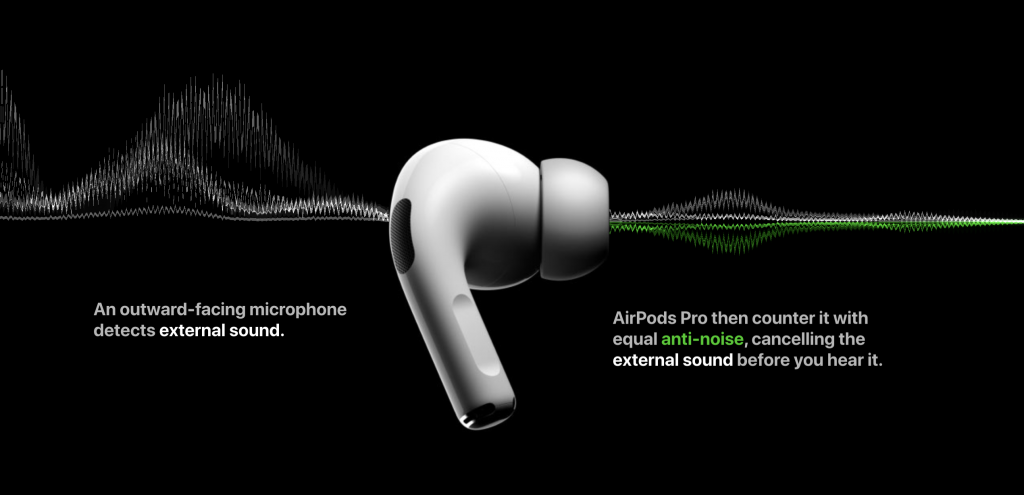The following GeoGebra app simulates the force vectors on an object in uniform vertical circular motion.
A real world example of this would be the forces acting on a cabin in a ferris wheel.
<iframe scrolling="no" title="Vertical Uniform Circular Motion " src="https://www.geogebra.org/material/iframe/id/t5jstqsm/width/640/height/480/border/888888/sfsb/true/smb/false/stb/false/stbh/false/ai/false/asb/false/sri/true/rc/false/ld/false/sdz/false/ctl/false" width="640px" height="480px" style="border:0px;"> </iframe>
